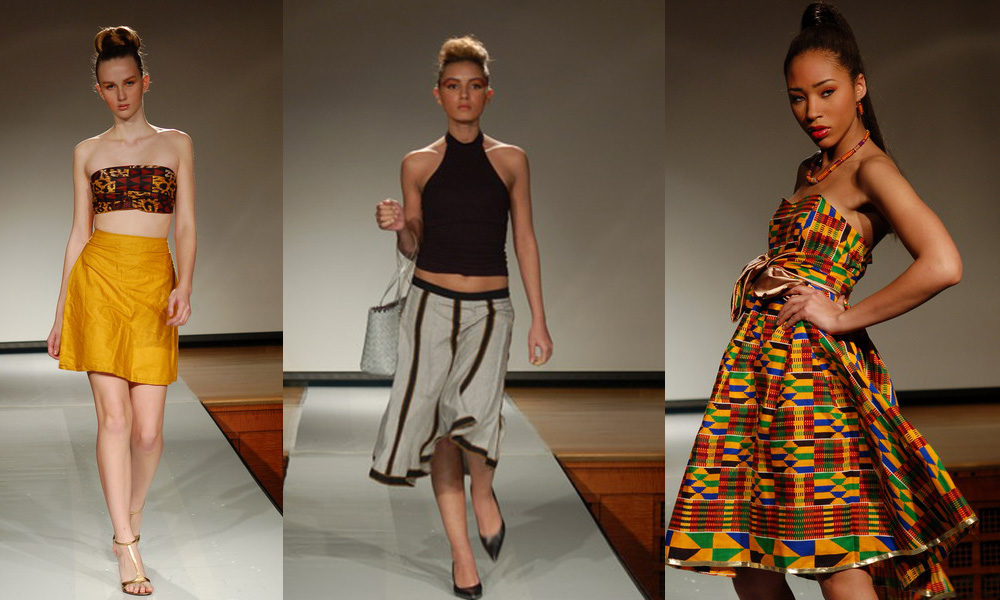By Nicholas
Buy a pair of jeans, and the chances are they'll have travelled further across the globe in their short life than you.
The clothing and apparel industry is a complex one. It is now common for a piece of clothing - let's take that pair of jeans, for example - to be made up of components from five or more countries, often thousands of miles away, before they end up in our high street store where you buy them.

Fair trade fashion aims to create clothing and accessories that take into account their impact on the producers who make the goods at all the different stages of its production. Ethical fashion companies are not engaged in a 'race to the bottom' in pursuit of the very cheapest products at the expense of producers' livelihoods and their environment. Ultimately, this is an international trading system built on equitable relations and fair dealings.
So far, so good. But how do you define the notion of 'fair'?

Although there is no universally accepted benchmark for what a fair price is, it is generally accepted that producers earning a fair wage are able to live relatively comfortable lives within the context of their local area. This means enough money for housing, a generous amount of food, health care, education for children, and some disposable income.
Commodities such as coffee, tea and fruits offer a very simple economic model. They are traded in commodity markets daily, resulting in a global market price. Importers can simply pay a premium above that market price and they are following the rules set down by the major certification schemes.

Manufactured, of 'finished', goods like clothing or jewellery or accessories are much more complicated because components often come from literally dozens of sources. Also, wages, labour laws, and factory conditions are much more difficult to monitor compared to commodity prices. So for example, it becomes very difficult to define what constitutes an ethically-sourced pair of jeans.
That's why fair trade fashion items are not all certified and stamped yet. It's not that they are trying to con you. It's just that the companies are ahead of the certification bodies.

However, as a consumer you can easily identify some key practices and attributes that an fair trade fashion company should pursue if it is genuinely working in an ethical way.
Firstly, the very fact that enterprises are working with value-added goods, like jeans or necklaces, is positive. Although the trade in coffee is fantastic, coffee is just a raw material, the real value of which is gained when you use those beans to make a cappuccino. When you buy a fair trade coffee in London or New York or Paris, the farmer obviously benefits, but the great majority of the price you pay goes to the coffee company, not the farmer in coffee farmer in Ethiopia or Colombia. The value-added element, which is a posh way of explaining how some beans and hot water and milk can be sold for £2.50 or $4, goes into the pockets of European or US companies.

With fair trade fashion, producers are essentially exporting finished products, for which there is a higher added-value, rather than just raw materials. Continuing with the example of the pair of jeans, the producers are exporting a finished pair with pockets, a zipper and button, not just reams of denim in a roll. So they are benefiting by earning more money and gaining more skills. This is a huge benefit to producers in developing countries.
In addition, in the world of fair trade fashion, companies tend to work with eco-friendly products such as organic cotton, organic wool, recycled fabrics and natural dyes. This has huge environmental benefits.
Ethics in fashion is growing, and with more and more top designers becoming involved in the movement, and sustainability growing in importance, this is an issue that isn't going to disappear. The certification bodies are likely to catch up with the leading companies to introduce some kind of labelling system.


![Validate my Atom 1.0 feed [Valid Atom 1.0]](valid-atom.png)






No comments:
Post a Comment